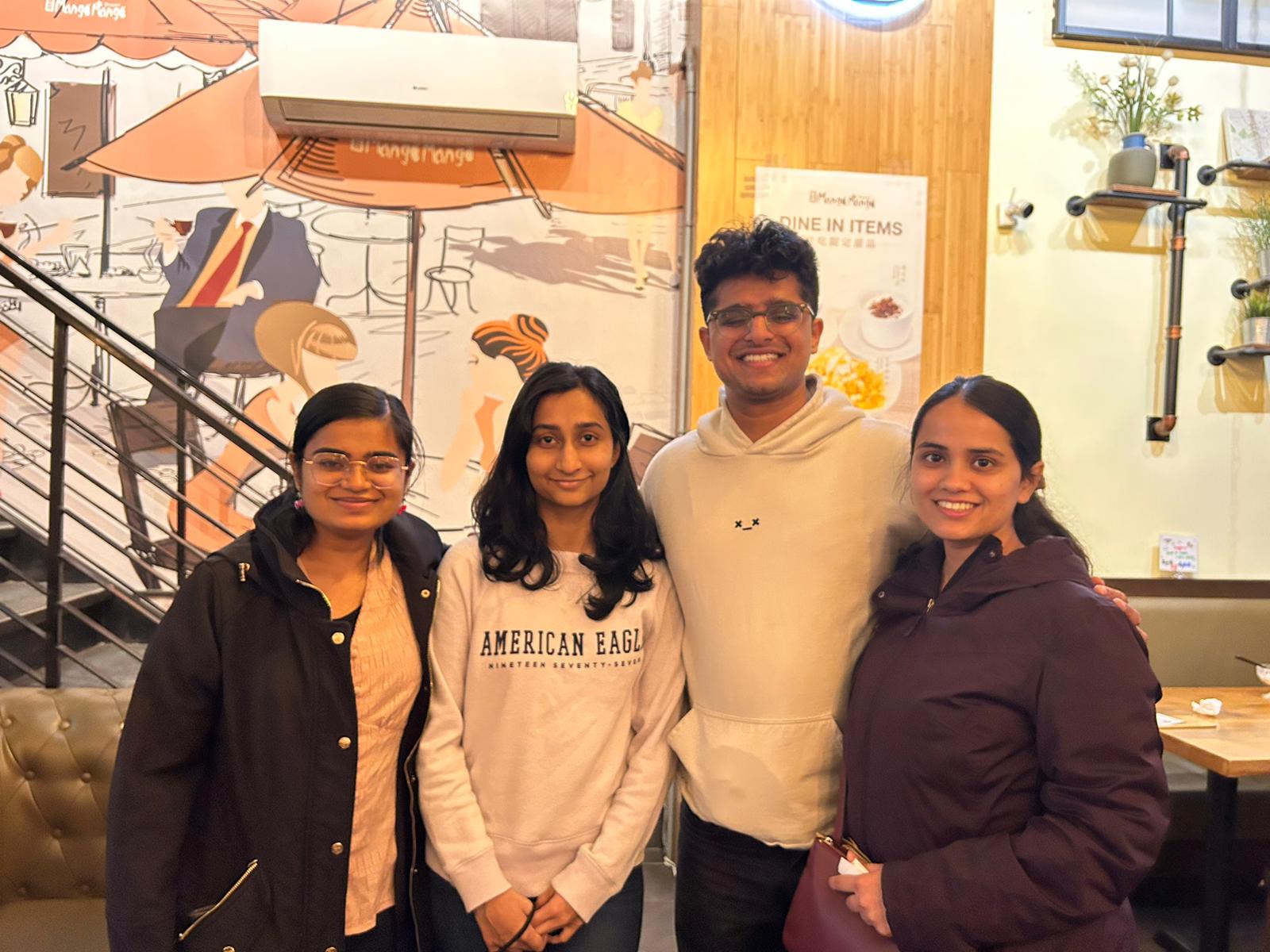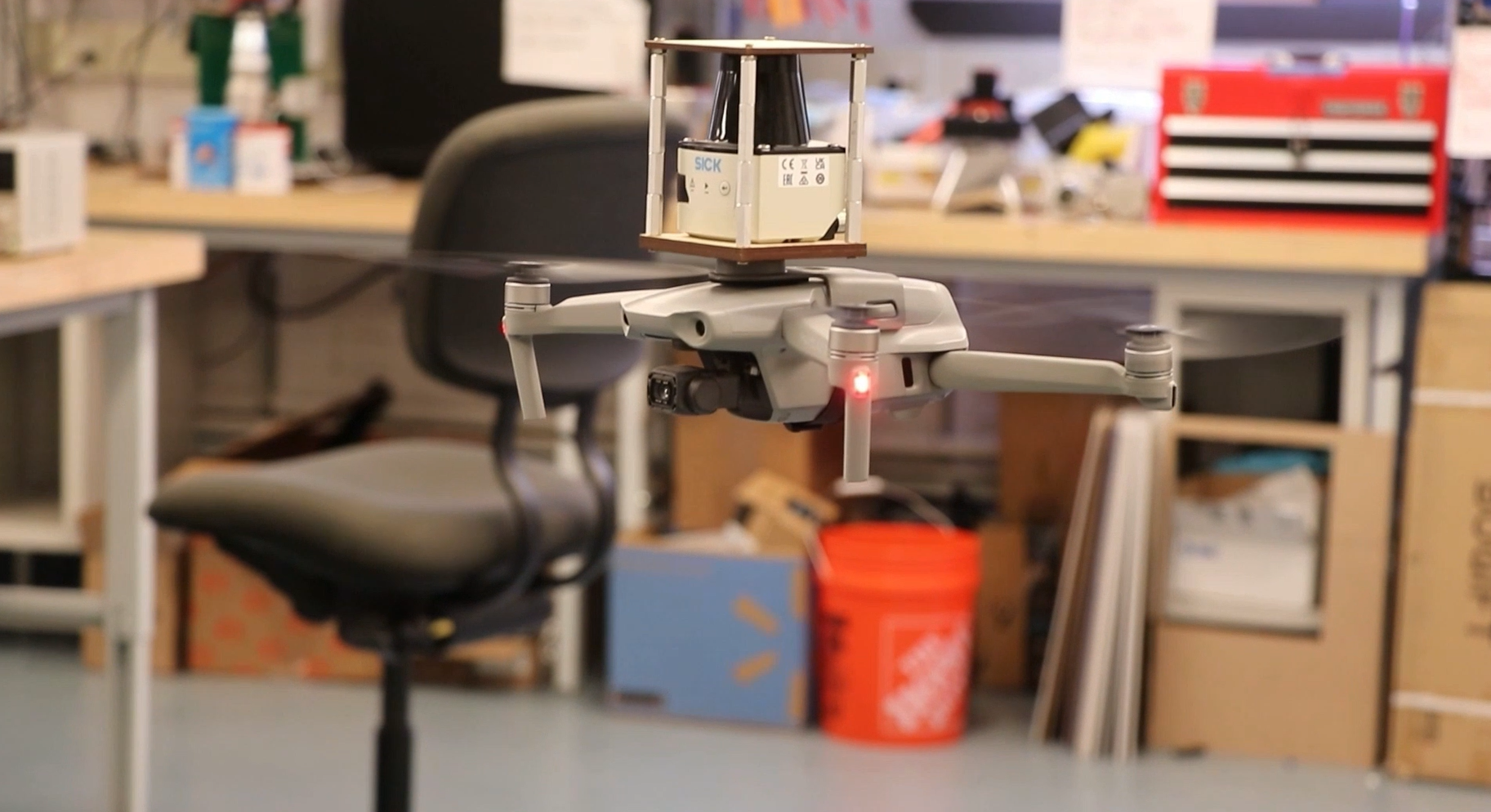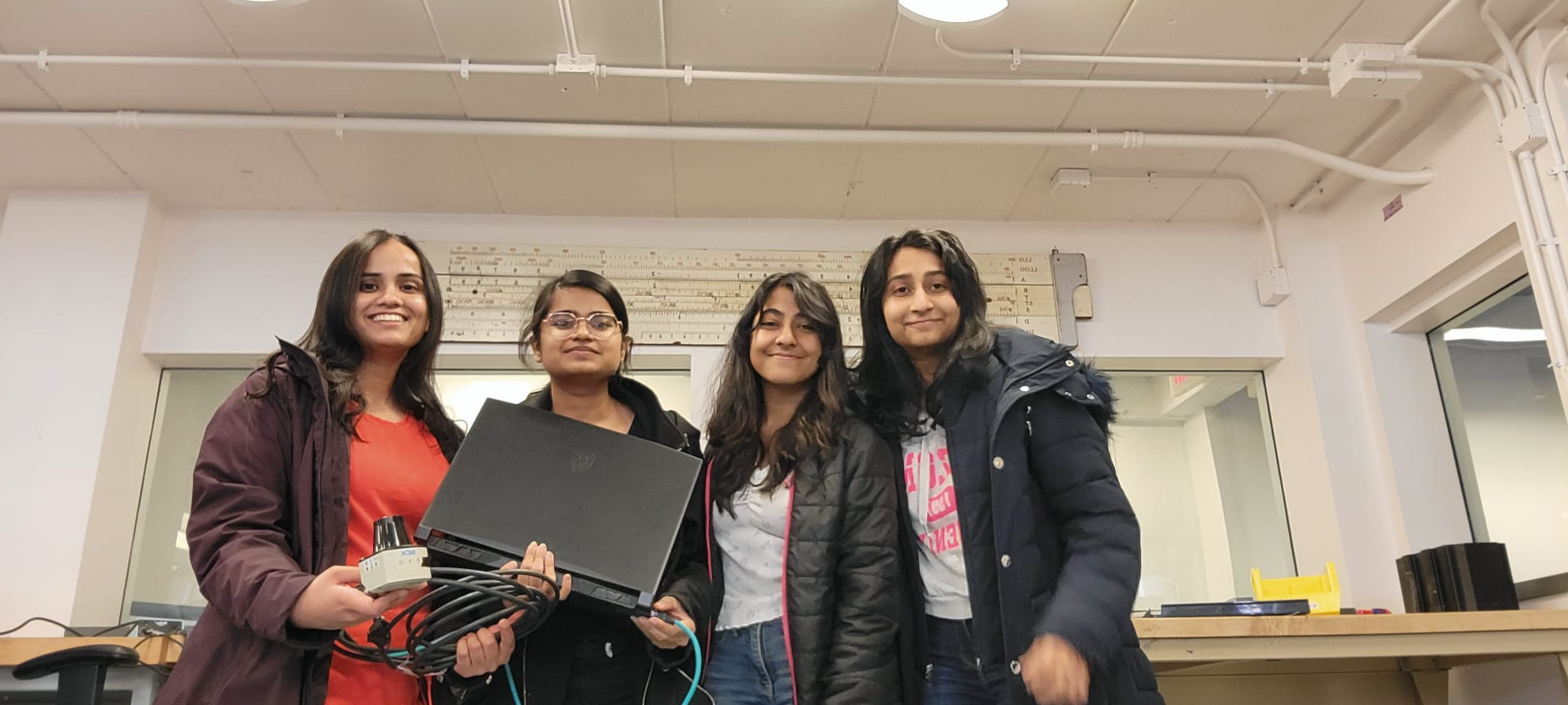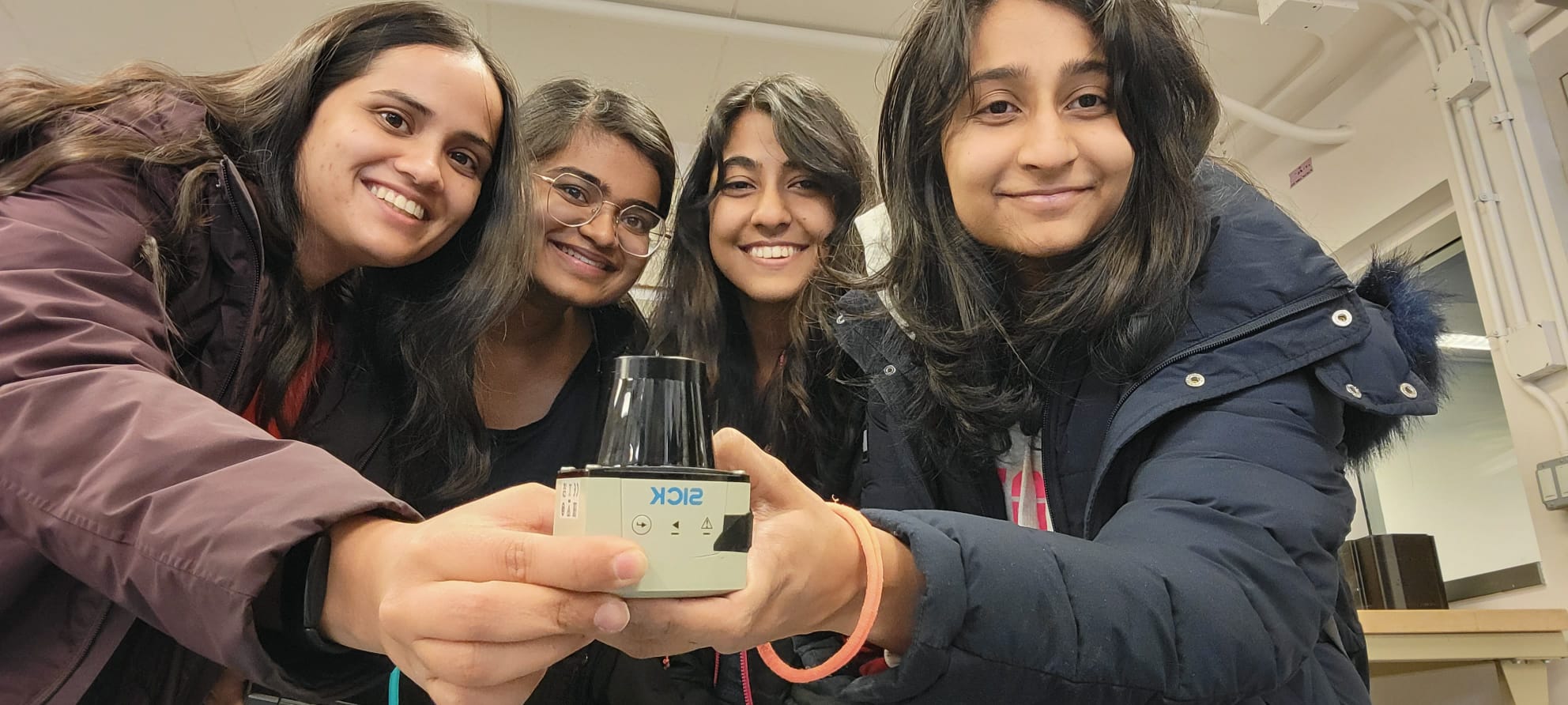Third place winners of TiM$10K Challenge create solution to help with power grid maintenance
Hazards often caused by climate change, such as wildfires, hurricanes, and floods, have made power line maintenance and monitoring extremely challenging. Many human inspectors find it challenging to identify potential issues, especially in hard-to-reach areas, and sending out personnel into the field is a time-consuming and labor-intensive process. See how these University of Pennsylvania students used the TiM$10K Challenge to help solve these skyline problems.
One of the most significant challenges in power grid maintenance is vegetation encroachment, which can result in power outages and pose significant safety risks. This situation becomes even more complicated when natural disasters strike, causing severe damage to the electric grid and making it difficult to keep up with maintenance and repairs. It’s evident that a new approach is required to tackle this problem. SkyView is on a mission to revolutionize the way large-scale elected grade maintenance systems run and identify potential issues before they become serious problems.
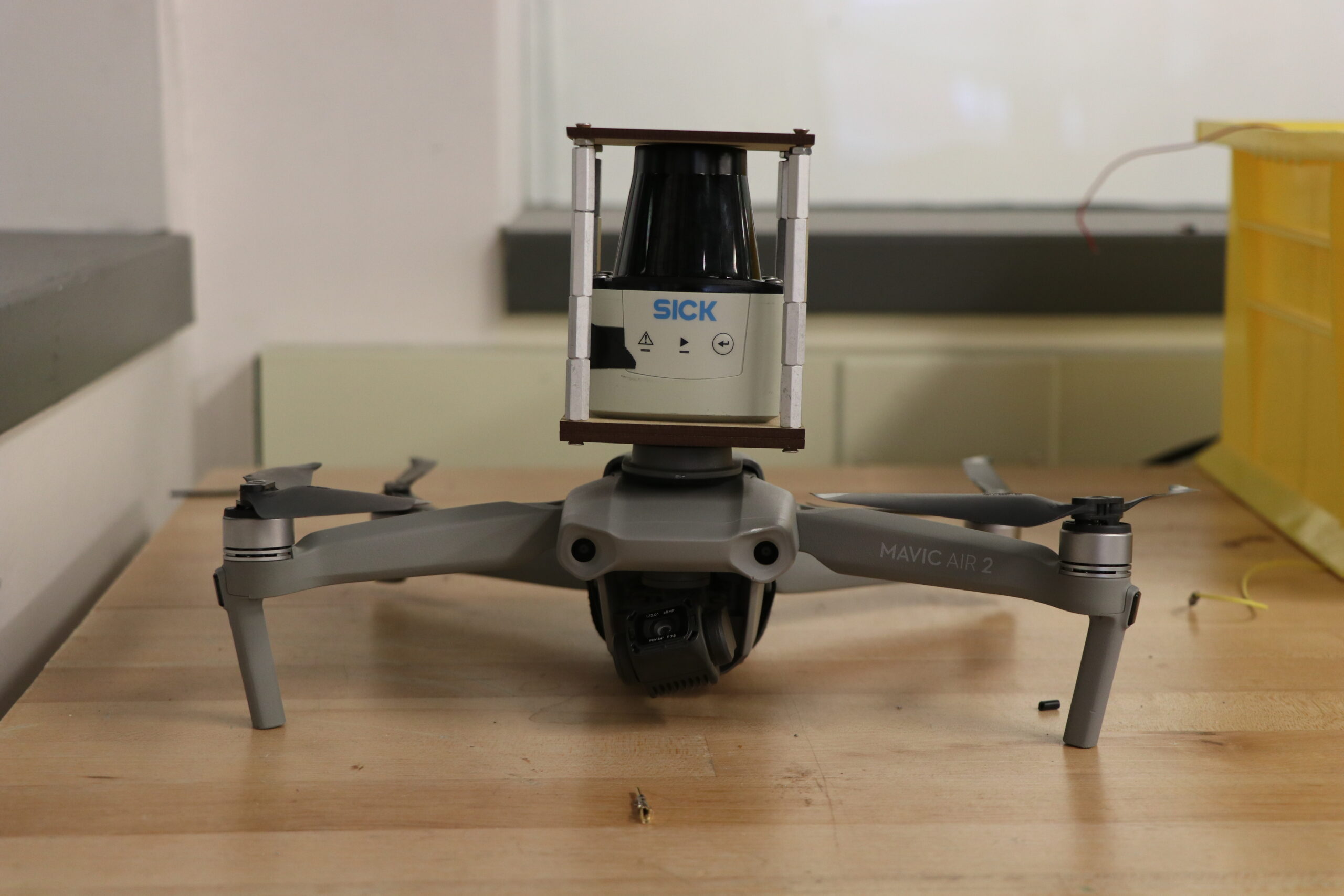 Third place for the 2023 Tim$10K Challenge went to Team 3 from the University of Pennsylvania, consisting of Lead Swati Gupta, Ruchi Gupte, Gaurav Kuppa, Manasa Sathyan, and Jasleen Dhanoa worked together to propose their solution for the TiM$10K Challenge, under the advisory of Dr. Ani M. Hseih. All team members recently graduated and were part of the robotics team at UPenn.
Third place for the 2023 Tim$10K Challenge went to Team 3 from the University of Pennsylvania, consisting of Lead Swati Gupta, Ruchi Gupte, Gaurav Kuppa, Manasa Sathyan, and Jasleen Dhanoa worked together to propose their solution for the TiM$10K Challenge, under the advisory of Dr. Ani M. Hseih. All team members recently graduated and were part of the robotics team at UPenn.
The TiM$10K Challenge is in place to support innovation in automation and technology. Students are given a chance to solve a problem, create a solution, and bring a new application that uses SICK LiDAR to any industry.
“We knew the kind of things the competition was looking for in the sense that there had to be a practical application, a strong marketing initiative, and a technical aspect. All these different applications came together with the addition of SICK 2D LiDAR,” said Gupta.
Team 3 from the University of Pennsylvania conducted extensive customer research and spoke to professionals in the field to gain more information. The TiM$10K Challenge provides students with a chance to market a prototype to solve a real-world problem and allows participants to see their project through from start to finish.
“I appreciated that this was just an opportunity to kind of move past merely using technology and now see how this technology could actually interact with customers,” said Kuppa.
“Our entire solution is centered around our customers. We did the background work. We went and spoke to some practitioners at PICO to understand the most pertinent problems are for people in that industry. We designed out a plan and solution based on the feedback we received. Even though there was a lot of technical aspects to our solution, it was primarily focused on solving issues that concerned our stakeholders and practitioners,” said Sathyan.
With the primary focus being early detection of vegetation encroachment, the drone is equipped with a 2D SICK LiDAR sensor pole that can capture cloud data of power lines and their immediate surroundings and to check for early signs of tree overgrowth by flying the drone near the grid lines at a safe distance.
“As students, the aim is to build something that will fit academic standards. Sometimes, getting to industry standards is much harder. This competition forces you to think in those terms and propose a solution that is useful to the end user and something that can be used to solve a real-world problem,” said Gupta.
When asked about advice for future TiM$10K participants, the SkyView teamed placed foremost importance on market research and getting started as early as possible.
“Start market researching early and get started with using LiDAR and gathering data right away. It will help the transformation to the end product much easier. The prototype will be more defined, and more iterations will be possible if you begin planning early on,” said Dhanoa.
With the need for electric grid maintenance solutions growing rapidly, SkyView can provide a cutting-edge solution for power grid lines. The team is thrilled to continue to enhance their predictive maintenance solution. When extending their solution to address broader challenges, their commitment to innovation and customer satisfaction will remain of upmost importance. SkyView is a game changer for power grid maintenance and skyline safety. It's solutions like these that show us why the TiM$10k challenge is helping the engineers of the future solve today's problems.



